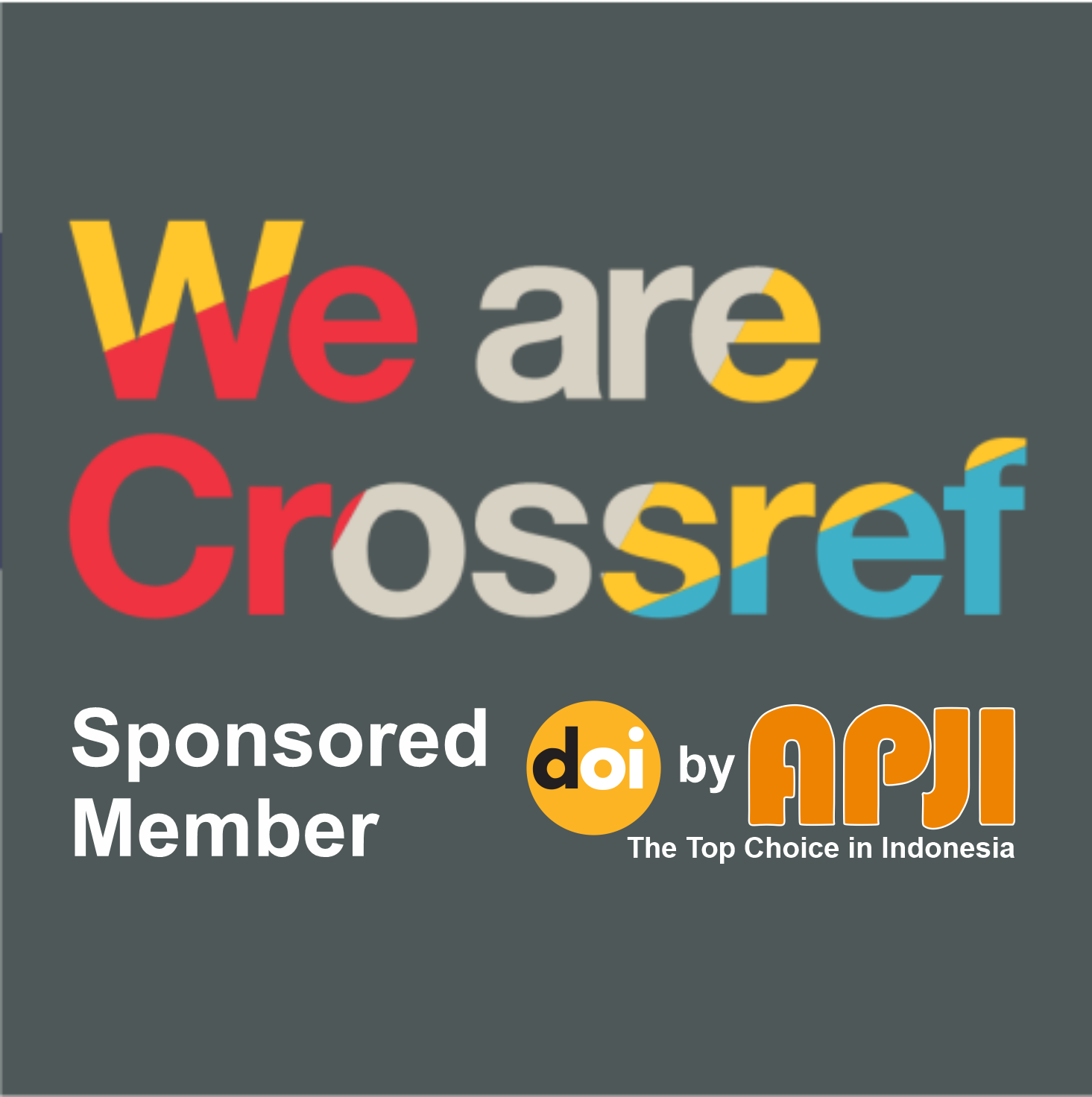Differentiated Learning: Strategies for Accommodating Elementary School Students' Learning Styles
Keywords:
Differentiated Instruction, Elementary Education, Inclusive Teaching, Learning StylesAbstract
In today’s increasingly diverse classrooms, the challenge of addressing a wide range of student learning styles has become more prominent than ever. This study investigates differentiated learning strategies as a means to accommodate the varied cognitive, emotional, and social needs of elementary school students. The objective is to examine how instruction tailored to visual, auditory, and kinesthetic preferences can enhance engagement and academic performance. Using a qualitative descriptive method, data were gathered from classroom observations, teacher interviews, and student feedback across five elementary schools implementing differentiated instruction. The results show a significant increase in student participation, confidence, and mastery of core concepts when teachers intentionally match instructional methods to students’ preferred learning modalities. Differentiated activities such as learning stations, multimedia presentations, hands-on tasks, and flexible grouping were especially effective in promoting inclusive and meaningful learning experiences. The study concludes that differentiated instruction is not only practical but essential in modern elementary classrooms. It fosters a learning environment where every child is recognized, supported, and empowered to succeed.
References
Andrews, D., Walton, E., & Osman, R. (2021). Constraints to the implementation of inclusive teaching: A cultural historical activity theory approach. International Journal of Inclusive Education, 25(13), 1508–1523. https://doi.org/10.1080/13603116.2019.1620880
Baglieri, S., & Knopf, J. H. (2004). Normalizing Difference in Inclusive Teaching. Journal of Learning Disabilities, 37(6), 525–529. https://doi.org/10.1177/00222194040370060701
Bertills, K., Granlund, M., & Augustine, L. (2019). Inclusive Teaching Skills and Student Engagement in Physical Education. Frontiers in Education, 4. https://doi.org/10.3389/feduc.2019.00074
Billings, D. M., & Kowalski, K. (2008). Inclusive Teaching. The Journal of Continuing Education in Nursing, 39(7), 296–297. https://doi.org/10.3928/00220124-20080701-13
Bondie, R. S., Dahnke, C., & Zusho, A. (2019). How Does Changing “One-Size-Fits-All” to Differentiated Instruction Affect Teaching? Review of Research in Education, 43(1), 336–362. https://doi.org/10.3102/0091732x18821130
Boutte, G. S. (2012). Urban Schools: Challenges and Possibilities for Early Childhood and Elementary Education. Urban Education, 47(2), 515–550. https://doi.org/10.1177/0042085911429583
Callahan, C. M., & Hertberg-Davis, H. L. (Ed.). (2018). Fundamentals of gifted education: Considering multiple perspectives (Second edition). Routledge, Taylor & Francis Group.
Carter, L. F. (1984). The Sustaining Effects Study of Compensatory and Elementary Education. Educational Researcher, 13(7), 4–13. https://doi.org/10.3102/0013189x013007004
Cassidy *, S. (2004). Learning Styles: An overview of theories, models, and measures. Educational Psychology, 24(4), 419–444. https://doi.org/10.1080/0144341042000228834
Caswell, H. L., & Stratemeyer, F. (1943). Education in the Elementary School. Teachers College Record: The Voice of Scholarship in Education, 44(7), 1–3. https://doi.org/10.1177/016146814304400707
Chalmers, D., & Hunt, L. (Ed.). (2013). University teaching in focus: A learning-centred approach. Routledge.
Dewsbury, B., & Brame, C. J. (2019). Inclusive Teaching. CBE—Life Sciences Education, 18(2), fe2. https://doi.org/10.1187/cbe.19-01-0021
Dewsbury, B. M. (2017). On faculty development of STEM inclusive teaching practices. FEMS Microbiology Letters, 364(18). https://doi.org/10.1093/femsle/fnx179
Dixon, F. A., Yssel, N., McConnell, J. M., & Hardin, T. (2014). Differentiated Instruction, Professional Development, and Teacher Efficacy. Journal for the Education of the Gifted, 37(2), 111–127. https://doi.org/10.1177/0162353214529042
Goering, A. E., Resnick, C. E., Bradford, K. D., & Othus‐Gault, S. M. (2022). Diversity by design: Broadening participation through inclusive teaching. New Directions for Community Colleges, 2022(199), 77–91. https://doi.org/10.1002/cc.20525
Grift, W. V. D. (1990). Educational Leadership and Academic Achievement in Elementary Education. School Effectiveness and School Improvement, 1(1), 26–40. https://doi.org/10.1080/0924345900010104
Hatami, S. (2013). Learning styles. ELT Journal, 67(4), 488–490. https://doi.org/10.1093/elt/ccs083
Jordan, A., Glenn, C., & McGhie-Richmond, D. (2010). The Supporting Effective Teaching (SET) project: The relationship of inclusive teaching practices to teachers’ beliefs about disability and ability, and about their roles as teachers. Teaching and Teacher Education, 26(2), 259–266. https://doi.org/10.1016/j.tate.2009.03.005
Landrum, T. J., & McDuffie, K. A. (2010). Learning Styles in the Age of Differentiated Instruction. Exceptionality, 18(1), 6–17. https://doi.org/10.1080/09362830903462441
Minott, M. (2019). Reflective teaching, inclusive teaching and the teacher’s tasks in the inclusive classroom: A literary investigation. British Journal of Special Education, 46(2), 226–238. https://doi.org/10.1111/1467-8578.12260
Molbaek, M. (2018). Inclusive teaching strategies – dimensions and agendas. International Journal of Inclusive Education, 22(10), 1048–1061. https://doi.org/10.1080/13603116.2017.1414578
Nemi Neto, J. (2018). Queer pedagogy: Approaches to inclusive teaching. Policy Futures in Education, 16(5), 589–604. https://doi.org/10.1177/1478210317751273
Oxford, R. L., & Anderson, N. J. (1995). A crosscultural view of learning styles. Language Teaching, 28(4), 201–215. https://doi.org/10.1017/s0261444800000446
Paseka, A., & Schwab, S. (2020). Parents’ attitudes towards inclusive education and their perceptions of inclusive teaching practices and resources. European Journal of Special Needs Education, 35(2), 254–272. https://doi.org/10.1080/08856257.2019.1665232
Pashler, H., McDaniel, M., Rohrer, D., & Bjork, R. (2008). Learning Styles: Concepts and Evidence. Psychological Science in the Public Interest, 9(3), 105–119. https://doi.org/10.1111/j.1539-6053.2009.01038.x
Reynolds, M. (1997). Learning Styles: A Critique. Management Learning, 28(2), 115–133. https://doi.org/10.1177/1350507697282002
Riener, C., & Willingham, D. (2010). The Myth of Learning Styles. Change: The Magazine of Higher Learning, 42(5), 32–35. https://doi.org/10.1080/00091383.2010.503139
Sargant, W. L. (1867). On the Progress of Elementary Education. Journal of the Statistical Society of London, 30(1), 80. https://doi.org/10.2307/2338495
Schroeder, C. C. (1993). New Students—New Learning Styles. Change: The Magazine of Higher Learning, 25(5), 21–26. https://doi.org/10.1080/00091383.1993.9939900
Smale-Jacobse, A. E., Meijer, A., Helms-Lorenz, M., & Maulana, R. (2019). Differentiated Instruction in Secondary Education: A Systematic Review of Research Evidence. Frontiers in Psychology, 10. https://doi.org/10.3389/fpsyg.2019.02366
Supa’at, S., & Ihsan, I. (2023). The Challenges of Elementary Education in Society 5.0 Era. International Journal of Social Learning (IJSL), 3(3), 341–360. https://doi.org/10.47134/ijsl.v3i3.214
Suprayogi, M. N., Valcke, M., & Godwin, R. (2017). Teachers and their implementation of differentiated instruction in the classroom. Teaching and Teacher Education, 67, 291–301. https://doi.org/10.1016/j.tate.2017.06.020
Ural, A. (2009). Good elementary education. Procedia - Social and Behavioral Sciences, 1(1), 1249–1254. https://doi.org/10.1016/j.sbspro.2009.01.223
Van Geel, M., Keuning, T., Frèrejean, J., Dolmans, D., Van Merriënboer, J., & Visscher, A. J. (2019). Capturing the complexity of differentiated instruction. School Effectiveness and School Improvement, 30(1), 51–67. https://doi.org/10.1080/09243453.2018.1539013
Watts‐Taffe, S., (Barbara) Laster, B. P., Broach, L., Marinak, B., McDonald Connor, C., & Walker‐Dalhouse, D. (2012). Differentiated Instruction: Making Informed Teacher Decisions. The Reading Teacher, 66(4), 303–314. https://doi.org/10.1002/trtr.01126
Zapalska, A. M., & Dabb, H. (2002). Learning Styles. Journal of Teaching in International Business, 13(3–4), 77–97. https://doi.org/10.1300/j066v13n03_06
Downloads
Published
Issue
Section
License
Copyright (c) 2025 Schittny Joanan, Nia Rahmadani (Author)

This work is licensed under a Creative Commons Attribution-ShareAlike 4.0 International License.














